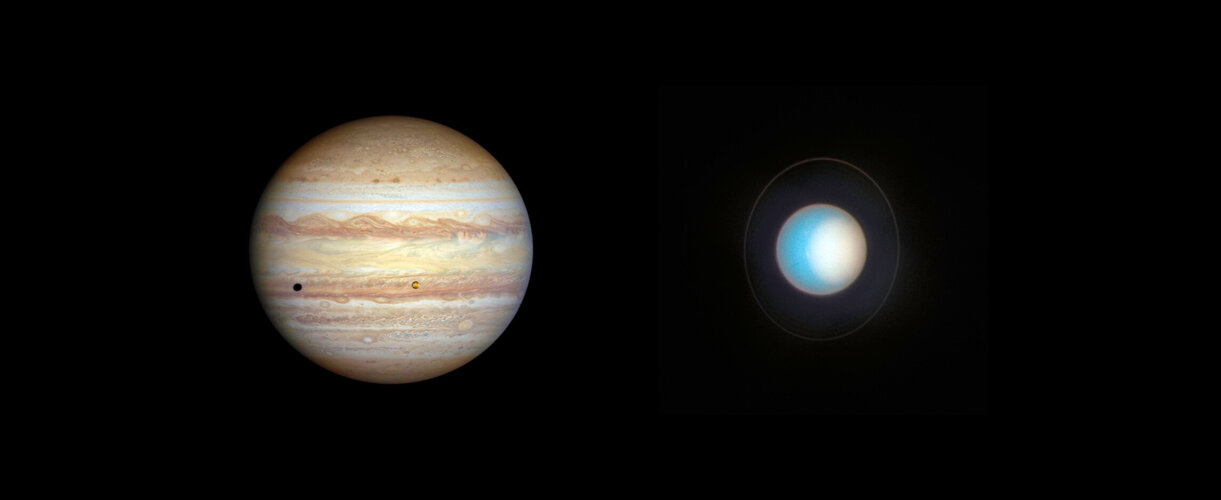
[Image 2] – Jupiter’s legendary Great Red Spot takes centre stage in this view. Though this vortex is big enough to swallow Earth, it has actually shrunk to the smallest size it has ever been according to observation records dating back 150 years. Jupiter’s icy moon Ganymede can be seen transiting the giant planet at lower right. Slightly larger than the planet Mercury, Ganymede is the largest moon in the Solar System. It is a cratered world and has a mainly water-ice surface with apparent glacial flows driven by internal heat. This image was taken on 6 January 2023.
Jupiter and its large ocean-bearing moons (Ganymede, Callisto and Europa) are the target of ESA’s Jupiter Icy Moons Explorer (Juice). Preparations are currently underway to ready Juice for liftoff from Europe’s Spaceport in French Guiana on 13 April 2023. Ganymede is the main target of Juice. As humanity’s next bold mission to the outer Solar System, Juice will complete numerous flybys around Ganymede, and eventually enter orbit around the moon. The mission will explore various key topics: Ganymede’s mysterious magnetic field, its hidden ocean, its complex core, its ice content and shell, its interactions with its local environment and that of Jupiter, its past and present activity, and whether or not the moon could be a habitable environment.



